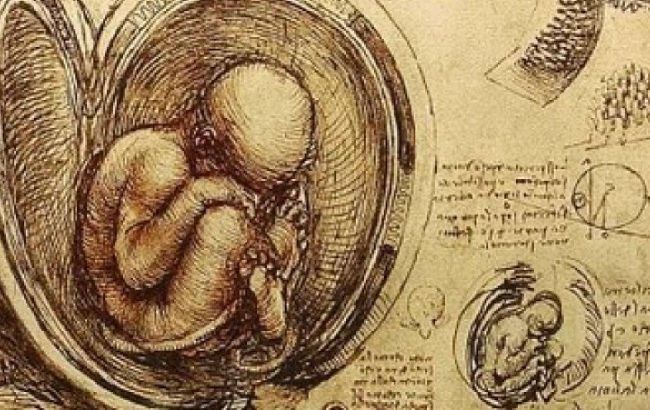Scientists uncover the 'dark' secret of Leonardo da Vinci's talent
 Scientists uncover the secret of Leonardo da Vinci's anatomical drawings
Scientists uncover the secret of Leonardo da Vinci's anatomical drawings
Leonardo da Vinci was not only a renowned artist but also a scientist. The anatomical precision of his drawings continues to impress experts. It was his study of the human body and its biology that aided him in his creative work. Today, scientists claim that the artist learned to accurately depict human anatomy by gaining knowledge through dissections of corpses, reports Big Think.
The "dark" side of talent
Leonardo da Vinci's artistic works are often described as realistic. He achieved this effect through the use of sfumato. This technique involved blending colors in such a way that transitions between light and dark colors were imperceptible. As a result, his paintings resembled not just artworks but photographs.
Additionally, understanding anatomy was crucial for da Vinci. To accurately depict the human body, the artist needed to study not only muscles but also bones and internal organs.
Da Vinci did not become a master artist overnight. British art historian Martin Clayton noted that his "early anatomical investigations were somewhat unfocused." While acknowledging the structural and mechanical perfection of the body, he knew that every part was somehow interconnected; he just didn't know how.
"He found that human material for dissection was hard to come by... So, many of Leonardo's early anatomical observations were based on a mixture of received wisdom, the dissection of animals, and simple speculation," the researcher stated.

In 1480, Leonardo da Vinci created two anatomical studies of the human skull (photo: Wikipedia)
The scientist conducted more than 30 dissections
The anatomical accuracy of da Vinci's drawings improved when he was able to conduct his first dissection. Throughout his life, the scientist performed more than 30 dissections of human cadavers.
Interestingly, the more dissections the artist conducted, the more his drawings differed from his predecessors. For example, ancient Greeks and Romans studied human bodies to envision their ideal forms, while da Vinci aimed to depict his subjects as nature had created them.
This desire is best exemplified in one of da Vinci's most famous works, "Vitruvian Man." He created this drawing based on an understanding of the human body's structure, as presented by the ancient Roman architect and engineer Vitruvius.
.jpg)
"Vitruvian Man" by Leonardo da Vinci (Photo: Wikipedia)
Several artists of the Renaissance era had attempted to depict the "Vitruvian Man," but none of them could create a figure that matched Vitruvius's ideas.
The key difference was that other artists began with a circle and square and then incorporated a human figure. In contrast, da Vinci did the opposite; he first drew an anatomically precise human and then fit it within a circle and square.
Historian James Ackerman argues that da Vinci was ahead of his time, and his extraordinary artistic imagination led him to many discoveries.

